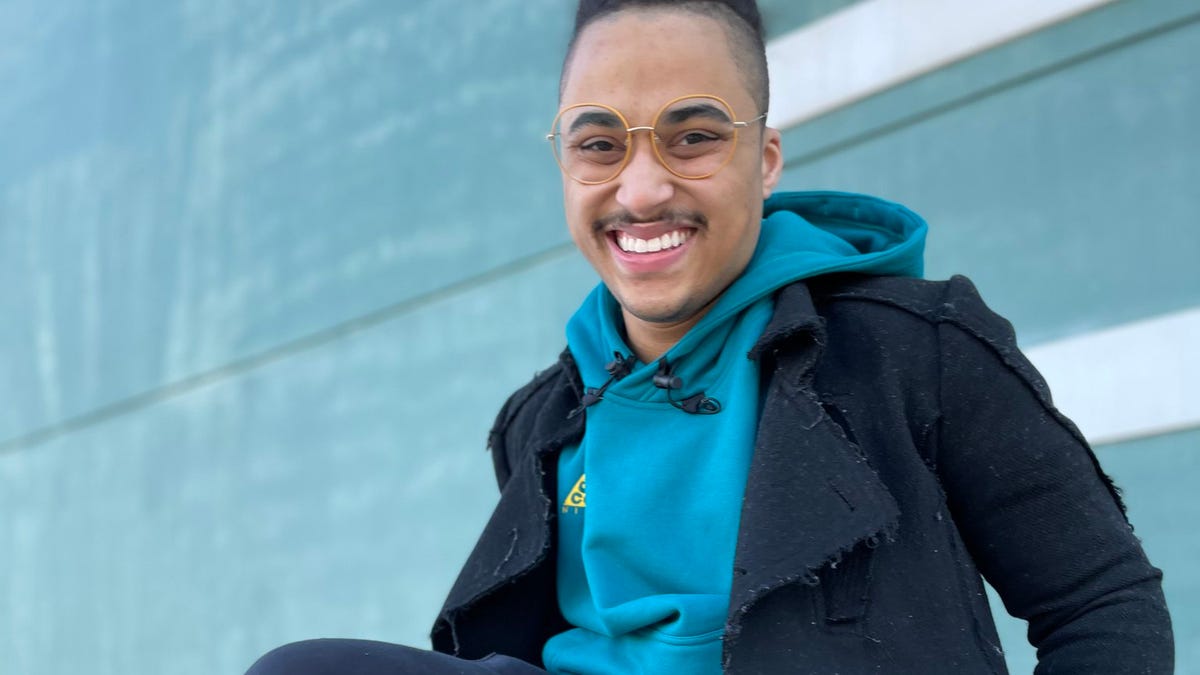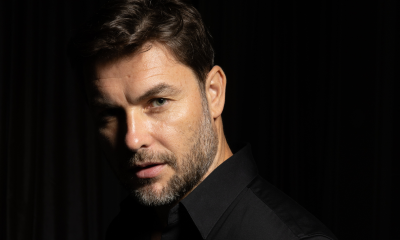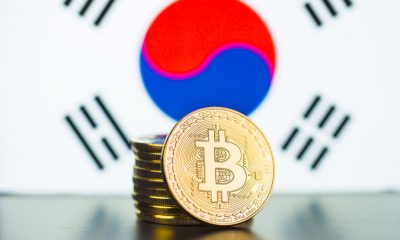BUSINESS NEWS
Trump and Biden froze federal student loans. Should borrowers pay or pause before they thaw?
Chris Quintana
| USA TODAY
Lookout for second round of stimulus in the mail on a blue Visa cardMillions of Americans may get their second round of stimulus money on a blue Visa card that will come through the mail, so don’t throw it away!USA TODAYFor the better part of a year, the nation’s 45 million borrowers with federal student loan debt have found themselves in a comfortable limbo.This relaxed stagnancy began last March when then-President Donald Trump directed the Education Department to allow borrowers to stop making payments on their federal student loans while freezing interest as part of the coronavirus relief effort. The Biden administration extended that pause through September with a day one executive order.The move was meant to help borrowers use their money on more pressing costs like groceries or even rent. The more ambitious may have even started saving, but a pause is not a stop. While Congress tussles over President Joe Biden’s $1.9 trillion stimulus package or to convict Trump, borrowers still don’t have answers to their ever accumulating questions. Among them, how long will the pause last? And does it make sense to pay debts now when the possibility of loan forgiveness is on the table?While the federal government made it easy for borrowers to skip their payments, it hasn’t made it clear to borrowers what comes next. Forgiveness might seem the natural next step, but Republicans and Democrats disagree about the fairness of such a plan. That has left borrowers to chart their own path, and most have taken the path of least resistance. Should students pay their student loan debts now – or wait? “In order to make a payment on your loans, you had to actually proactively do something,” said Mark Kantrowitz, author of five books on scholarships and financial aid. “Whereas if you didn’t do anything, you were automatically in the payment pause and interest waiver.”And Travis Smith seems like one of those proactive people. He has opted to use the pause period to try and aggressively pay down his remaining debt of $30,000. That has translated to payments of about $2,000 to $3,500-a-month. Smith, a doctoral student at Indiana University in Bloomington who also works in the athletic department, said he and his wife had been in the middle of paying off all their debts when the pause started. So they live off her salary, and direct his earnings toward the debt. “I just got basically sick of the principal never changing on loans,” he said. “We knew how big of a deal that was to be able to knock the principal down, so I hope others recognize that too.”The principal is generally the original amount of money a borrower agreed to pay back.Kantrowitz said the zero percent rate does mean borrowers who make payments can chip away their loans more quickly. But that doesn’t mean all borrowers would benefit most from that route. In a loan forgiveness program? Rethink your payments.Specifically, those who are enrolled in loan forgiveness programs may want to rethink their payments. These programs require borrowers to make a set number of payments before their debt is forgiven. Under the current moratorium, these borrowers haven’t had to make those payments, but they still receive credit for them every cycle. “That is giving them partial loan forgiveness,” Kantrowitz said.Peter Orlowicz, an attorney with the federal government, took that approach. He said he has about $310,000 in student debt. He is also within two years of his debt being forgiven through the government’s Public Service Loan Forgiveness program.That program that allows people to work in eligible jobs for say the government or a not-for-profit. After 120 qualifying payments, the federal government is supposed to forgive the debt. Other government repayment plans require borrowers to make payments based on their income for 20 to 25 years after which time their debt is supposed to be forgiven.Orlowicz’s payments were about $950-a-month, and he said it was easy to decide to redirect that money to other costs associated with staying home during the pandemic including food delivery. “My payments basically don’t cover much more than interest normally,” he said. “And the the amount I’d pay during the pause won’t have a significant impact on the total outstanding amount, I didn’t see any benefit to voluntarily making payments.”For other borrowers, repaying can feel like a moral issue. Nicholas Grayson said the choice was simple to make. The government wasn’t asking for the money back, so he is not paying. Grayson, who works at the video game and culture website Fanbyte, said he has instead used the money he would have paid to his loans to improve his and his partner’s life during the pandemic. That has included making home improvements.Grayson, who went to the University of San Francisco, said he owes about $175,000 in student debt. About $25,000 of that amount is in his name, and the rest is in the form of federal loans his mother took out for him.He said he is on an income-driven repayment program. But he and other young, minority borrowers he knows approach their debt with the mindset of, “we will either die before the loans get paid back, or they will fall off of when we’re in our 40s.” Previously reported: Biden to continue freeze of payments, ask Congress to erase debtIs student loan forgiveness next?President Biden has steered clear of promising to cancel student debt via executive action, and instead has said he supports Congress forgiving $10,000 worth of student loan debt.Student borrower advocates have been pushing Biden to cancel debt through executive action, including new Senate Majority Leader Chuck Schumer, D-New York, and Elizabeth Warren, D-Massachusetts. They have pushed a plan that would cancel $50,000 in student loan debt.And a recent poll by Morning Consult found that a little more than half of adults said they would strongly or somewhat support $10,000 in loan forgiveness.That support was more popular among Democrats, nearly 75 percent of whom strongly or somewhat support the measure, compared to Republicans, 54% of whom oppose the plan. Betsy DeVos, the former education secretary, was also opposed to widespread loan forgiveness. In December 2020, she said it was unfair to ask Americans who hadn’t gone to college to subsidize the costs of those who had. That echoes bipartisan criticism of loan forgiveness more broadly, namely that forgiving loans would unfairly benefit those with a college education and who typically earn more as a result. And forgiving debt once would not prevent it from accumulating in the future. Reports show the average graduate of a four-year program holds roughly $30,000 in student loan debt, but the majority of borrowers who default on their loans hold less than $10,000. (There is about $1.56 trillion in the nation’s federal student loan debt portfolio.)And forgiveness of $10,000 would not necessarily translate to lower monthly payments, Kantrowitz said. (Though borrowers looking for lower monthly payment options do have a suite of income-based repayments programs they can enroll in.)For Grayson, $10,000 in forgiveness feels like a drop in the bucket. His income-driven plan would make him eligible for forgiveness in 20 years, but payments for that long, he said, will affect the quality of his life.He said the government is likely to write off a majority of what he owes, so why not forgive it now? And that’s a question more borrowers will likely be asking themselves when, and if, their payments resume.
Source link













